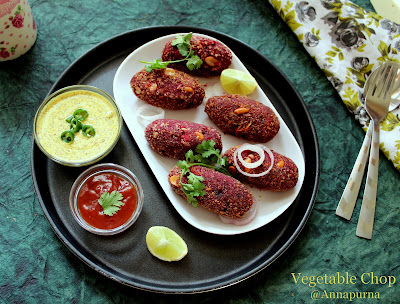Naga tomato chutney is a simple spicy chutney from the North-East Indian state of Nagaland. This oil free chutney has a distinct smoky flavor coming from the roasted tomatoes and green chilies. Boiled potato is sometimes mashed with the burnt tomato and chili. This mash is further seasoned with salt and garnished with available fresh herbs. Naga chutney is typically served with rice, boiled veggies and meat. I have served it as an accompaniment with simple dal and rice.
Nagaland is one of the smallest state in the North-East of India. It borders the state of Assam to the west, Arunachal Pradesh and Assam to the north, Myanmar to the east, and Manipur to the south. Mostly a mountainous state, Nagaland is home to a rich variety of flora and fauna. Nagaland is known in India as the land of festivals. The diversity of people and tribes, each with their own culture and heritage, creates a year-long atmosphere of celebrations.
Nagaland is home to the bhut jolokia or ghost pepper, one of the hottest chilies in the world. The state is inhabited by 16 tribes and all the tribes of Nagaland have their own cuisine, and they use a lot of meat, fish, and fermented products in their dishes. Naga dishes use a lot of locally grown herbs, ghost peppers, ginger, and garlic. A typical Naga meal consists of a meat dish, a boiled vegetable dish or two, rice and a chutney (Tathu). Nagas tend to prefer boiled edible organic leaves. Some common dishes are "fermented bamboo shoot" (made from the tender shoot of the Bamboo tree) with fish and pork. The state dish is smoked pork cooked with fermented soya bean. Famous dishes include snails cooked with pork and silkworm larvae,which is an expensive delicacy of the state.Source: Wikipedia

For the month of April, for our Shhhhh Cooking Secretly Challenge Facebook group we were on a virtual trip to Nagaland . My partner for this month was Narmadha who blogs at Namscorner. She gave me green chilies and coriander leaves as my two secret ingredients and i cooked this flavorful Naga chutney with it. In return, I gave her red chilies and fish. She made Dried Fish Chutney . Do check out her wonderful space for some interesting recipes.
Preparation Time: 5 minutes
Cooking Time: 5 minutes
Serves: 2
Ingredients:
- 2 tomatoes
- 1 boiled potato
- 3 green chilies
- Salt to taste
- Fresh coriander leaves for garnishing
Method:
- Roast the tomatoes directly on the flame. Its outer skin gets charred and starts peeling away. Cook for another 1-2 minutes and put off the flame.
2. Similarly roast the green chilies.
3. Now, mash the roasted tomato and green chilies along with its burnt skin in a bowl. Add boiled potato and salt to it and mix well.
4. Lastly garnish the chutney with some torn coriander leaves and serve .
5. I have served the Naga chutney with simple dal and rice.
Recipe notes:
- I have referred this recipe from here.
- Mash the tomatoes and chilies with its burnt skin as it gives a unique smoky flavor to the dish.
- Adding boiled potatoes to this tomato chutney is purely optional.
- Adjust the numbers of green chilies as per your liking and spice tolerance.
If you ever try this recipe, do share your feedback with us in the comment section below.
Follow us on #Facebook #Instagram , #Twitter, #Pinterest and #Google+ for more recipes and new updates.
For more recipes from the North-East Indian states from this blog , do check out the following




















































